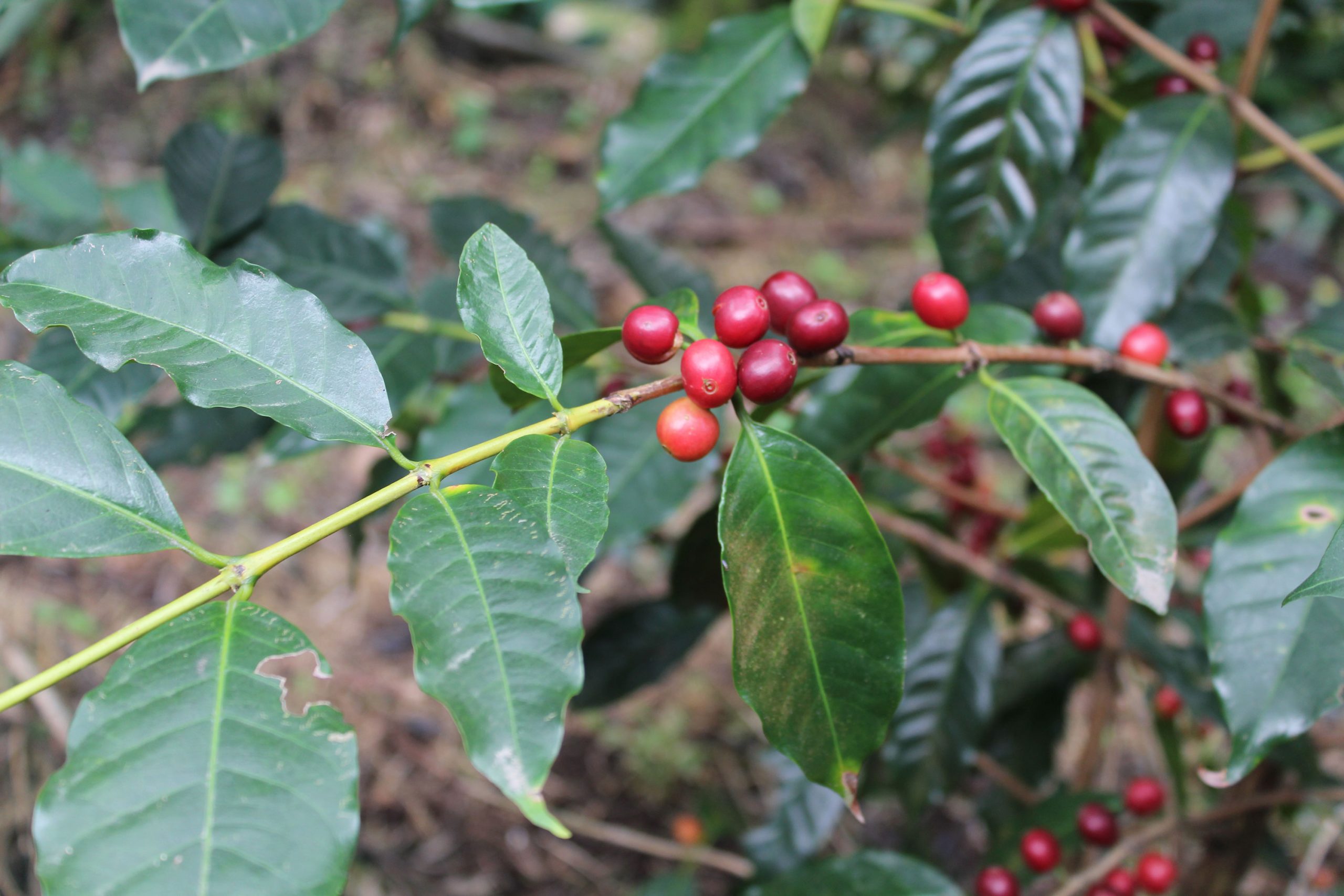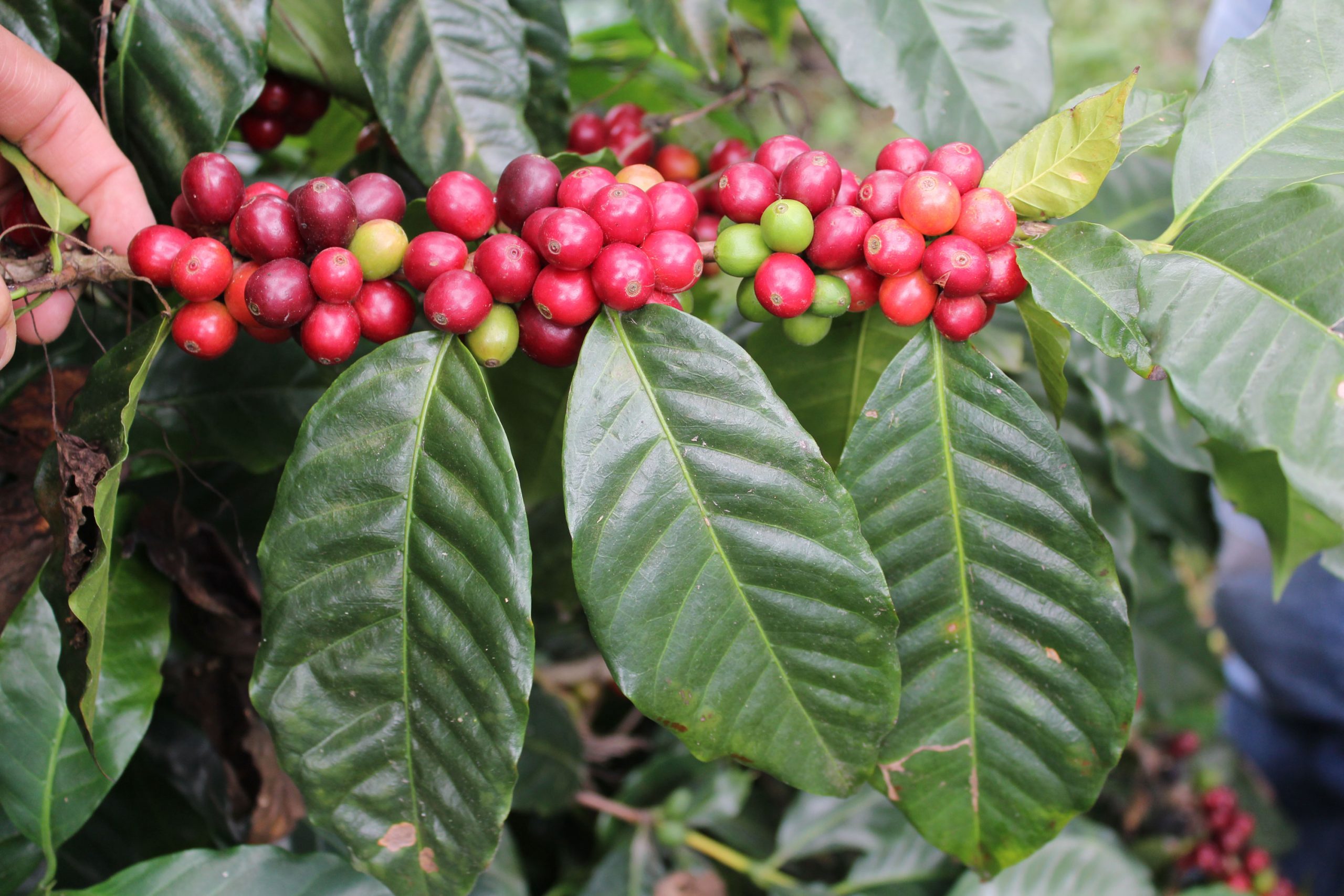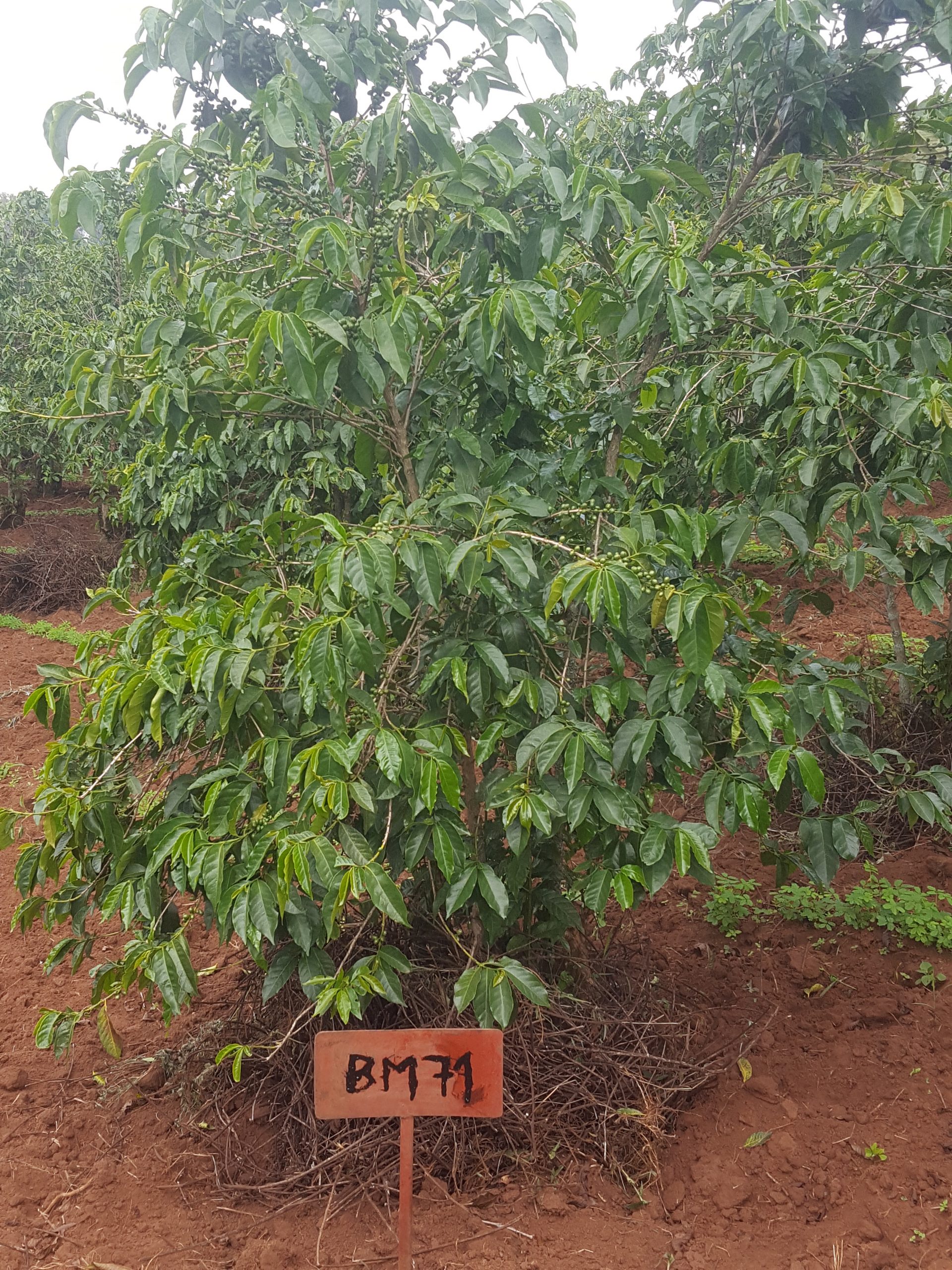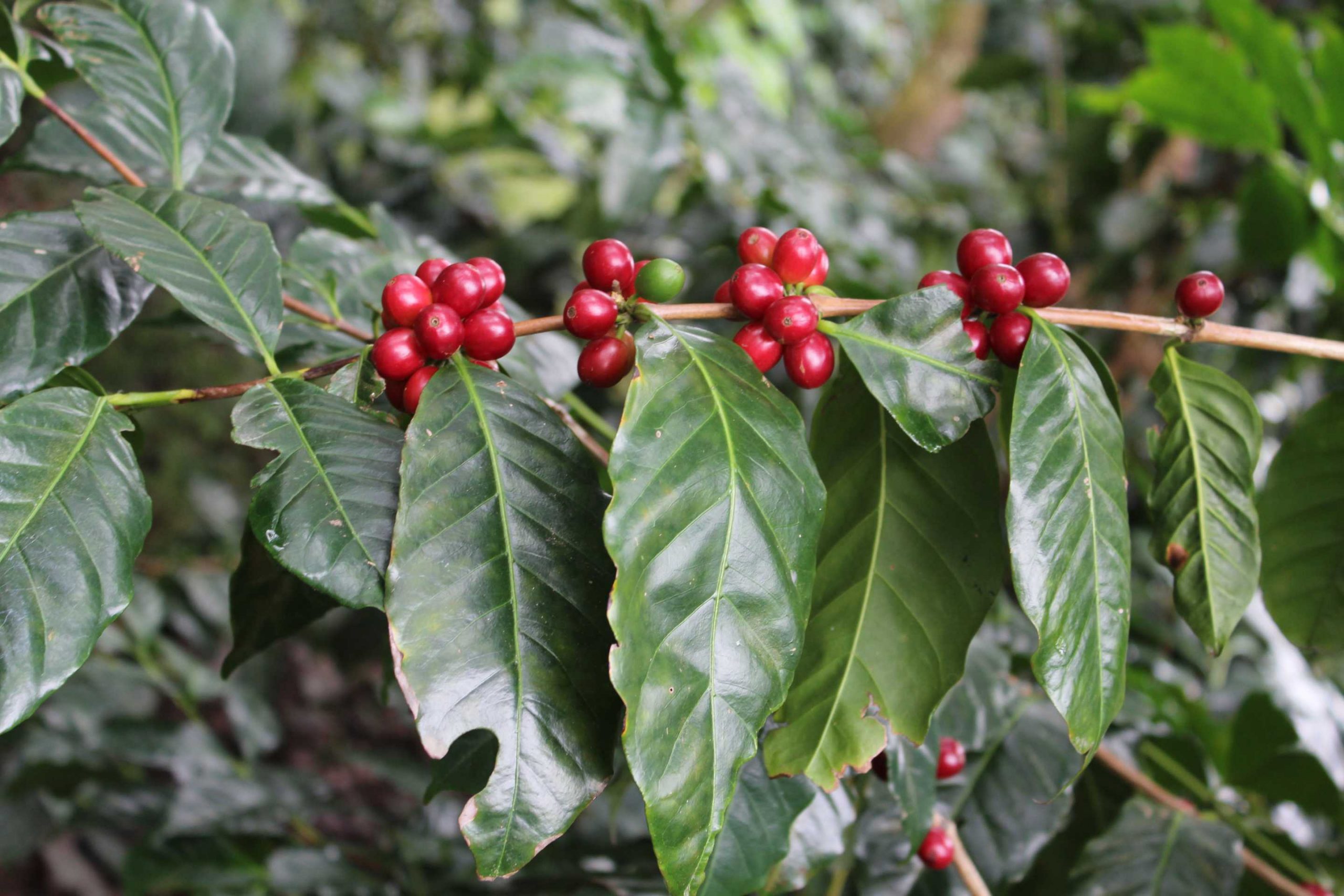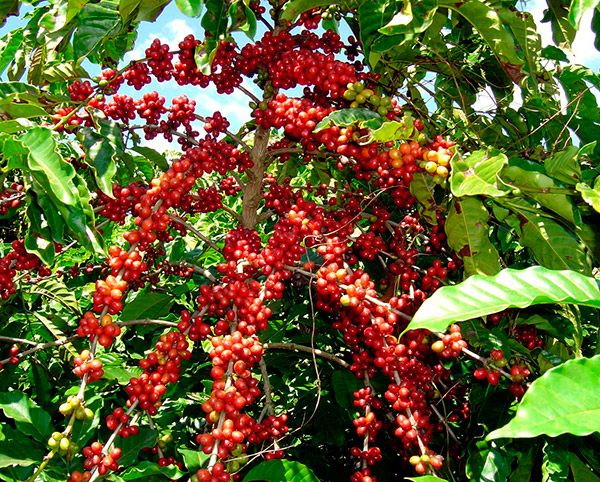Typica
LINEAGE Also called Criollo (Creole), Indio (Indian), Arábigo (Arabica), Plume Hidalgo, Blue Mountain, and Sumatra. GENETIC DESCRIPTION Bourbon-Typica Group (Typica-related) HISTORY Typica is the most famous of the Typica-descended varieties. It is a tall variety characterized by very low production, susceptibility to the major diseases, and good cup quality. The Typica group, like all Arabica coffee, is supposed to have originated in southwestern Ethiopia. Sometime in the 15th or 16th century, it was taken to Yemen. By 1700, seeds from Yemen were being cultivated in India. In 1696 and 1699, coffee seeds were sent from the Malabar coast of India…


